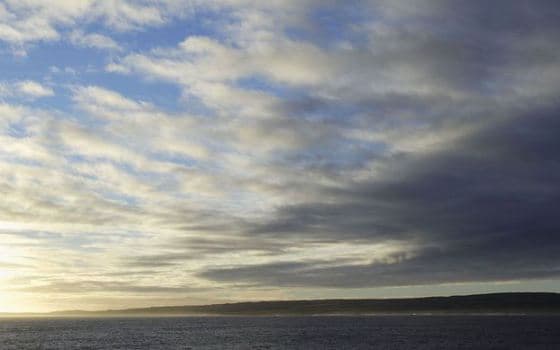NZ: Environment agency opposes second seabed mining application

Source: The National Business Review
The Environmental Protection Authority says it cannot recommend in favour of a proposal to mine phosphate nodules from the seabed on the Chatham Rise, saying there are too many uncertainties about the environmental impacts of Chatham Rock Phosphate's plans on an important fishery.
The report, by EPA staff, becomes an input to hearings scheduled to start on Sept. 25 on CRP's proposal to mine an initial 820 square kilometre area in its first five years of operation at a site some 400 kilometres east of Christchurch.
It would seek to expand,to an area of 5,207 square kms over the projected 30 year life of the project, which CRP says would replace the country's reliance on imported phosphate from Western Sahara for its farm fertiliser needs and could create a new export industry.
The 175-page report published today concludes that "EPA staff are not currently able to recommend granting this marine consent on the face of CRP's application as it stands, but recognise that there is more information to be provided, which may change our view."
CRP had already sought a fortnight's extension to give it time to prepare additional answers to questions from the EPA and submitters, relating to its bid for a marine consent to mine the ocean floor in New Zealand's vast offshore Exclusive Economic Zone. It also halved the size of its application area, saying it could apply for more later.
The company has also delayed a planned listing on the London Stock Exchange's secondary AIM board until after a decision on its application, due late this year from a Decision-Making Committee of experts appointed by the EPA. NZAX-listed CRP has secured substantial investment from international investors, including Dutch seabed dredging experts Royal Boskalis, to fund commercial, engineering and environmental feasibility reports.
The application is the second under new law governing the EEZ, passed last year. The first application, by Trans Tasman Resources for permission to dredge ironsands some 22km to 36km off the coast of Patea, was rejected in June by a decision-making committee appointed by the EPA. TTR is appealing, but has laid off most local staff while it prepares for what could be a long legal battle.
The CRP proposal to remove up to half a metre of the seafloor using a "conventional drag-head", has the "potential to adversely affect benthic communities, pelagic species, marine mammals, human health, commercial fisheries and Maori/Moriori cultural interests," says the report, which unlike the first EPA staff report on the TTR application, comes to a clear, early conclusion about the project.
The mining would also "generate a suspended sediment plume, some of which would deposit on the seabed" and could travel beyond the mining permit area.
There would be "minimal recovery, (if any)" of species destroyed in the mining process becoming re-established. This is a major difference from the TTR application, where it was accepted the limited range of creatures living in the ironsands - mainly a kind of sea-worm - would re-establish successfully in time.
The seabed in the CRP mining permit area supported a "biologically diverse benthic community, including protected species, such as stony corals, other sensitive species including sponges, bryozoans and brachiopods, and unique species such as giant isopods and bivalve molluscs."
"The extent to which this destruction would affect the biological diversity of the Chatham Rise ecosystem and the protection of rare and other vulnerable ecosystems is the most significant uncertainty," the EPA staff report says.
The sediment plume also had "the potential to alter biogeochemical processes within the proposed marine consent area."
"Significant uncertainty remains with respect to the validity of many of the environmental models used by CRP, and the exact extent to which the sediment plume would impact on benthic communities and fish species beyond the mining block," the report says.
The proposal is heavily opposed by the fishing industry, which has been banned from bottom-trawling in a much larger area on,the Chatham Rise since 2007, when it became a Benthic Protection Zone. CRP has been able to argue for a mining operation because its activities are confined to a relatively small part of the total area of the protected zone and because the zone only regulates commercial fishing.
The EPA report says "significant gaps in the information remain, and there is uncertainty about the ability to avoid, remedy or mitigate the adverse effects of these proposed mining activities..
